Seeed Fusion Gallery Top Ten Projects – July 2018
Every month, we’ll draw up a chart of the most popular projects shared on the Seeed Fusion Gallery that featured on the Seeed Studios Facebook and Twitter channels. Only the most interesting, useful, controversial or trendy projects make the cut. The top three sharers have a $50USD coupon waiting for them in their inbox and the next two runner-ups get $20USD!
The last entry in the Fusion Gallery Top Ten was all about fun, but this month we are showcasing projects with real-life applications from revolutionary game changers such as the open car sharing module, down to desktop essentials including electronic calendars and the simple ruler. We also have an electronics history lesson in single board computers from big names like Motorola and Hitachi.
Projects shared on the Seeed Fusion Gallery are open source and free for anyone to download, modify or order straight from the Gallery. Click on the links for the Gerber files and more information!
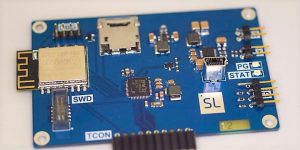 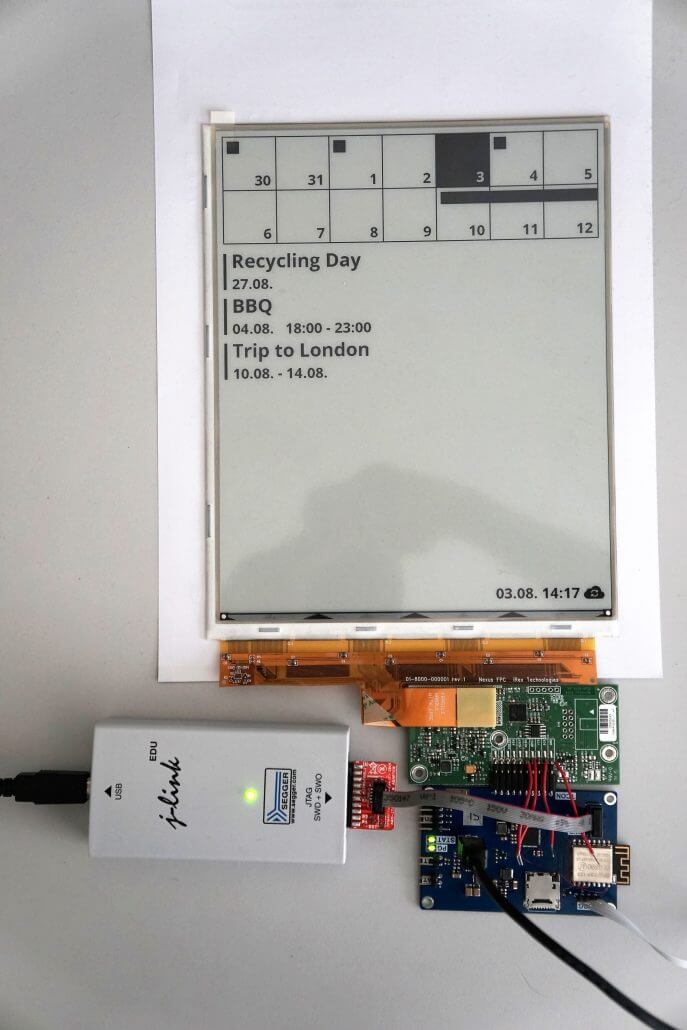 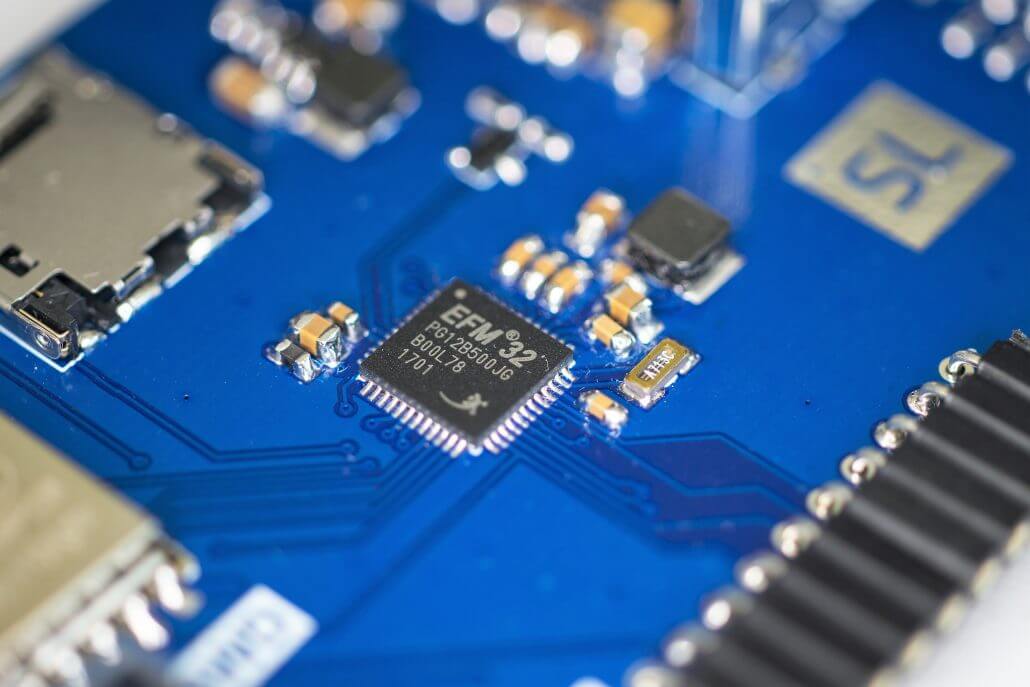 |
Connected Calendarshared by Stefan Lüthi Gone are the days of murdering trees for the sake of organization. With a crisp e-paper display and ESP WiFi connection, this connected calendar can download data straight from the internet and display reminders, upcoming tasks, and just about anything you want on a convenient desktop mini monitor. The device has a 10.1″ e-paper display and is based on a Silicon labs Pearl Gecko 32-bit MCU. If the 1MB flash memory is insufficient, there is a microSD card slot, and an ESP-12 WiFi module allows connection to the internet. This is still work in progress though. At the time of writing, large and high-resolution e-paper displays were still rather pricey and the standby current was too high. Stefan is also working on fitting the design into cheaper two layer boards rather than four. It’s a great idea and we think electronic calendars should take over every office desk. They can be infinitely more useful, customized and are a lot more attractive. Keep up the great work Stefan! We look forward to updates. |
Motorola MC6802 nano Single Board Computer (SBC)shared by Barta You may remember the single board computer that topped our first ever Fusion Gallery Top Ten a few months ago. While office Tetsu’s SBC6800 used the Motorola MC6800 chip, Barta’s design uses the MC6802 that has an additional 128 bytes of RAM and an on-chip oscillator. This simple nanocomputer project is great for illustrating the capabilities of a minimalistic computer and is apparently still used in some pinball machines. Consisting of just 3 ICs; a MC6821 I/O chip, EPROM and the MC6802, the project is common as school assignments to practice programming skills and to understand embedded systems. Having missed this opportunity when he was younger, Barta decided to make his 40 years after the 6821’s release and use it to teach his students. |
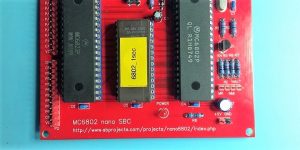 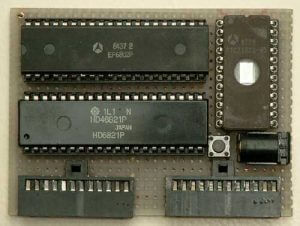 MC6802 with minimal components from SBProjects.net MC6802 with minimal components from SBProjects.net
Traffic lights project from SB Projects |
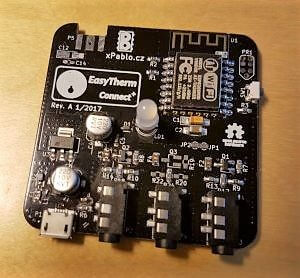 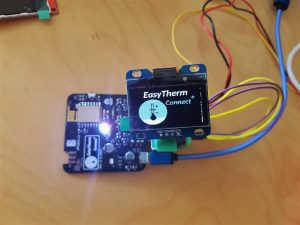 |
EasyTherm Connect+shared by Pavel Base unit for Home Automation, based on the ESP8266. This is a long-term project for me and one of my friends. It’s a base unit for Home automation network. More info is available at http://www.xpablo.cz/?p=1250 (unfortunately only in the Czech language – sorry for that On Pavels’ blog, you can also see his review of Seeed’s PCBA service last year. Also, only in Czech. |
| Runner Ups – Not in the top three but honorable mentions nonetheless. 4th and 5th place get a $20USD coupon! | |
PCB ruler 10cmshared by Mincepe Simple, small and stylish, this 10cm PCB ruler makes the most of the standard offers for PCBs within 100 x 100mm. |
 |
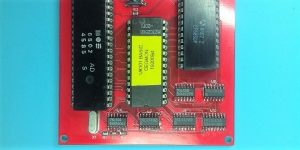 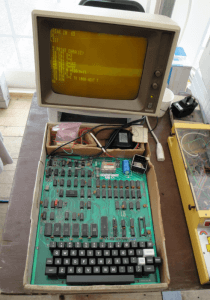 Assembled Compukit UK101 from 1979 Assembled Compukit UK101 from 1979 |
MOS 6502 Single Board BASIC Programmable Computer (SBC)shared by Barta Barta didn’t just stop with the 6802; this single board computer is based on the revolutionary MOS 6502 by MOS Technology, which was developed by Motorola’s 6800 team to compete with Motorola’s 6800 chip. Chuck Peddle, who worked on the 6800, found that customers were deterred by the high cost. He then determined that the chip’s size, and therefore cost, could be cut by using depletion-mode MOS (metal-oxide-semiconductor) transistors and by removing other unnecessary features. Unfortunately, upper management did not share his enthusiasm and rejected the idea. At the same time, many Motorola employees were unhappy about the company’s relocation to Austin, Texas, so Peddle gathered 6 other disgruntled designers from the 6800 team and jumped ship. The result was the MOS 6502, which became the lowest cost microprocessor on the market at the time and powered the likes of the Apple I, Commodore 64 and arguably single-handedly brought us closer to the age of personal computers. Here Barta has replicated the core of the popular hobbyists’ Compukit UK101 microcomputer from the 1980’s. |
Hitachi HD6303 Single Board Computer (SBC) Programmable Computer (SBC)shared by Barta Barta is on a roll! This third (and final) single board computer is based on the Hitachi HD6303 microprocessor, a CMOS variant of the MC6803 by Motorola. The 6303 boasts 32kB on-board RAM, a timer, clock circuit, and a serial interface. It also improves on the 6800 with a better instruction set. |
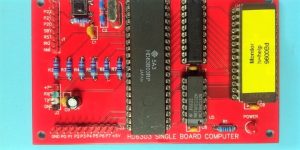 |
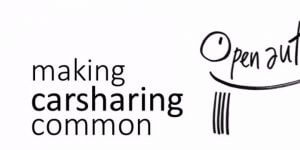 |
Open Car Sharing Hardware Module (OpenAuto.ch)shared by Pingu_98 A revolutionary concept that takes Uber and Didi’s to a new level. How about open source car sharing? Actually, the concept is more akin to the public bike sharing schemes like Mobike and Ofo that have hit China by storm, and are quickly spreading worldwide. They are starting initially with private owners in small communities e.g. neighbors, and then who knows? Before you know it, there could be public cars everywhere – and it starts with a Raspberry Pi and this little board. |
Ford vehicle AUX audio w/ stock head unit playback control for iPhoneshared by Anson Liu More car modding but on a smaller scale. Anson’s comprehensive guide shows you how you can hack your old Ford using an Arduino Uno. This mod adds an AUX system to older Ford models without purchasing expensive third-party hardware. As well as providing AUX input, you can use the Ford’s original stock head unit to control playback on an iPhone. A nifty project to add some modern luxuries and extend the life of some old tech. |
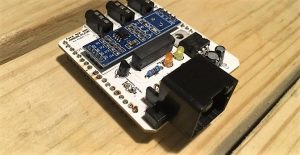  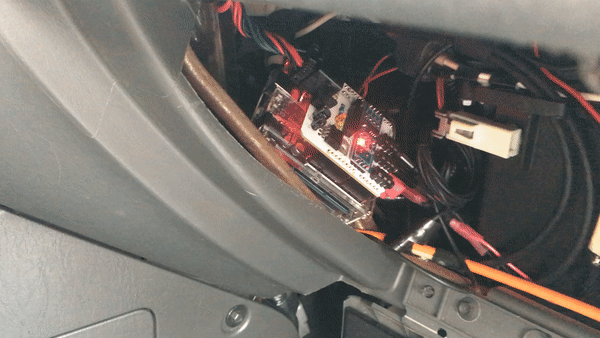 |
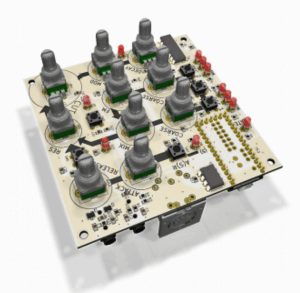 |
DigiSynthshared by Vincent A Mono Analog Emulated Synthesizer. It embeds two multi-signal VCOs, two envelope generators, and a two pole VCF. This host is powered by a Teensy3.2 and an Audio library – Open Source. This design was elaborated from the initial need of a development suite for the Teensy Audio library. By adding the maximum of switches, LEDs and Knobs as possible, I eventually decided to make it a full featured host board that would host the controls of a 2 VCO, 2 Envelope, One VCF standard “Moog-like” setup. Of course, the design is not limited to that pattern, since everything is done in the digital world inside the Teensy. So this design can be used as a complete control console solution for a Teensy, or be used as a Midi Controller. |
Very Low Noise Analog Front Endshared by A. Down This is a development board to interface an LTC2508 to an SPI microcontroller. The LTC2508 is the latest/greatest oversampled SAR ADC from Analog Devices. This little powerhouse is quoted to deliver better than 141dB dynamic range, so I had to try it out for myself. The supplies and references are ultra low noise, and the digital interface is isolated with the latest low noise GMR isolators. The PCB from Seeed Fusion looks fantastic, I specified the tighter 0.1mm minimum solder mask damn, and the fine pitch components all have dams between pins that are sharp and well defined. |
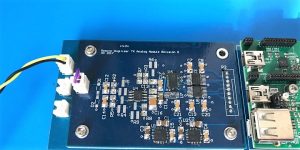 |
How can you share your designs on the Seeed Fusion Gallery? Simple, every time you successfully place an order on Seeed Fusion, you will have the option to upload production and design files, add pictures and write a little something about your project. Anyone can then download the files or place the exact same order with the click of a button. Also, every day, we will pick some interesting projects and share them with our friends on Facebook and Twitter. Oh, and did we mention that you’ll get a $5 coupon just for sharing? Give it a try it.
To see more designs and see what Seeed Studios is getting up to, be sure to follow us on Facebook and Twitter or visit the Seeed Fusion Gallery directly.
Thank you all for sharing!
You may also like:
SEEED FUSION GALLERY TOP TEN PROJECTS – JUNE 2018
SEEED FUSION GALLERY TOP TEN PROJECTS – MAY 2018
SEEED FUSION GALLERY TOP TEN PROJECTS – APRIL 2018
SEEED FUSION GALLERY TOP TEN PROJECTS – MARCH 2018
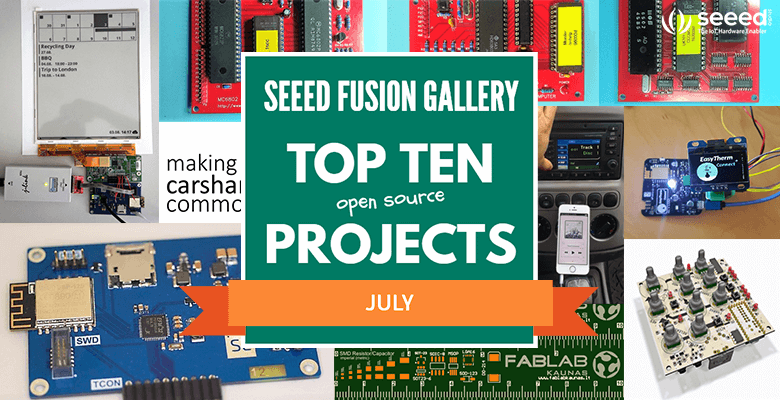
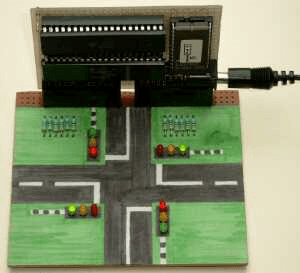
 )
)